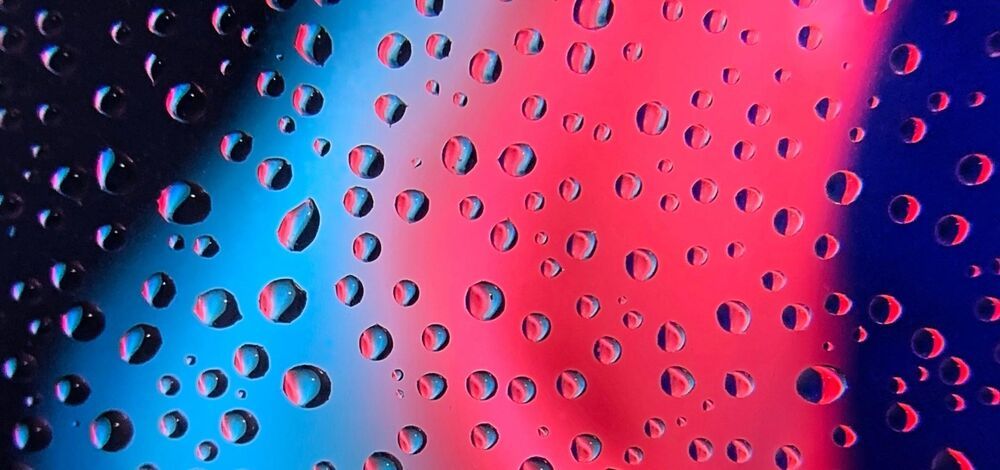Scientists used to perform experiments by stirring biological and chemical agents into test tubes.
Nowadays, they automate research by using microfluidic chips the size of postage stamps. In these tiny devices, millions of microscopic particles are captured in droplets of water, each droplet serving as the “test tube” for a single experiment. The chip funnels these many droplets, one at a time, through a tiny channel where a laser probes each passing droplet to record thousands of experimental results each second.
These chips are used for such things as testing new antibiotics, screening drug compounds, sequencing the DNA and RNA of single cells, and otherwise speeding up the pace of scientific discovery.
